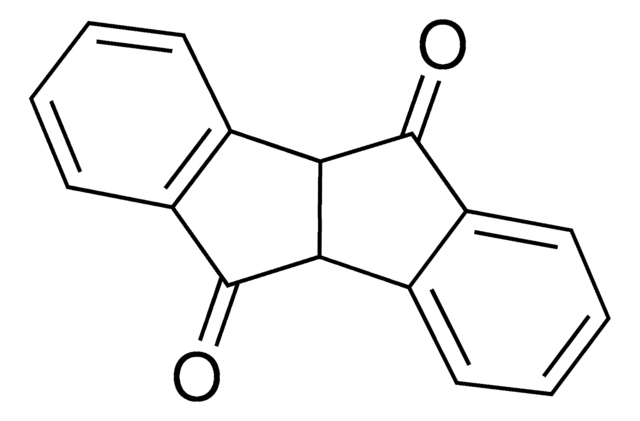47749-U
2-Amino-4,6-dinitrotoluol -Lösung
certified reference material, 1000 μg/mL in acetonitrile
About This Item
Empfohlene Produkte
Qualität
certified reference material
TraceCERT®
Agentur
EPA 8330
Leistungsmerkmale
standard type calibration
Konzentration
1000 μg/mL in acetonitrile
Methode(n)
HPLC: suitable
gas chromatography (GC): suitable
Anwendung(en)
environmental
Format
single component solution
Lagertemp.
2-8°C
InChI
1S/C7H7N3O4/c1-4-6(8)2-5(9(11)12)3-7(4)10(13)14/h2-3H,8H2,1H3
InChIKey
IEEJAAUSLQCGJH-UHFFFAOYSA-N
Anwendung
Sonstige Hinweise
Rechtliche Hinweise
Signalwort
Danger
H-Sätze
Gefahreneinstufungen
Acute Tox. 4 Dermal - Acute Tox. 4 Inhalation - Acute Tox. 4 Oral - Eye Irrit. 2 - Flam. Liq. 2
Lagerklassenschlüssel
3 - Flammable liquids
WGK
WGK 2
Flammpunkt (°F)
35.6 °F - closed cup
Flammpunkt (°C)
2.0 °C - closed cup
Hier finden Sie alle aktuellen Versionen:
Analysenzertifikate (COA)
It looks like we've run into a problem, but you can still download Certificates of Analysis from our Dokumente section.
Wenn Sie Hilfe benötigen, wenden Sie sich bitte an Kundensupport
Besitzen Sie dieses Produkt bereits?
In der Dokumentenbibliothek finden Sie die Dokumentation zu den Produkten, die Sie kürzlich erworben haben.
Unser Team von Wissenschaftlern verfügt über Erfahrung in allen Forschungsbereichen einschließlich Life Science, Materialwissenschaften, chemischer Synthese, Chromatographie, Analytik und vielen mehr..
Setzen Sie sich mit dem technischen Dienst in Verbindung.![2,4-Bis[4-(N,N-diphenylamino)-2,6-dihydroxyphenyl]squaraine 98%](/deepweb/assets/sigmaaldrich/product/structures/303/054/d8b9c845-3623-4f5a-8a30-ab6731034171/640/d8b9c845-3623-4f5a-8a30-ab6731034171.png)










